10 lakes of Bengaluru that need immediate attention
Bengaluru has become synonymous to salubrious climate, vast swathes of greenery and the lakes that dot its landscape. Kempe Gowda I, the local feudatory of the Vijayanagara Empire, was the first to start building lakes in the area over 500 years ago. He did this by damming small streams that criss-crossed the region. Subsequent rulers continued this trend and by 1937, Bengaluru had 937 lakes. Today with 25 times the population, less than 80 lakes remain; of which only 34 are live lakes. Over the centuries, these lakes evolved into thriving ecologic systems, supporting a rich variety of flora and fauna. Today, however, all this is under serious threat.
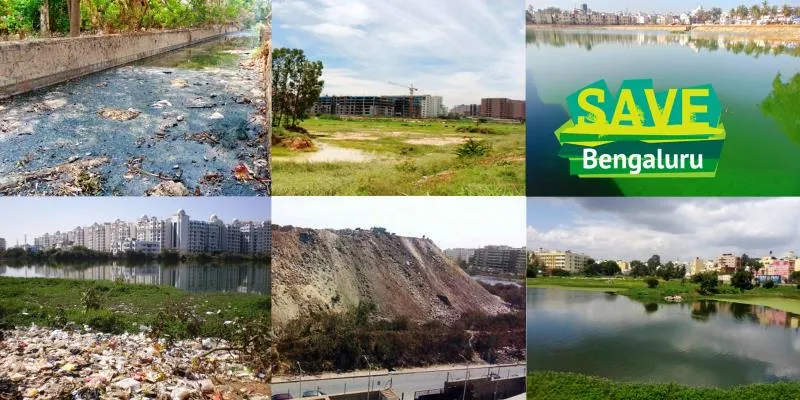
Bengaluru’s rapid urbanisation and corresponding infrastructural demands have caused serious damage to the lakes and wetlands. The lakes that survive are under constant threat from encroachment, sewage pollution, and a host of other problems.
According to a study conducted by the Centre for Ecological Sciences (CES), Indian Institute of Science (IISc) in Bengaluru, the water bodies of the city have reduced to less than 1.5 percent in 2005 from 3.4 percent in 1973, while the built up area increased to 45 percent from 27 percent. Over 10,472 acres of lake area in Bengaluru Urban and Rural areas have been encroached.
In April 2016, Bengaluru recorded temperatures above 40°C for the first time ever. According to Dr TV Ramachandra, from the Energy and Wetlands Research Group in IISc : “The city has lost 88 percent of its vegetation and 79 percent of water bodies, both of which act as a heat sink and moderate temperature. By 2020, 94 percent of our landscape will be under concrete. That is an unrealistic and tragic growth. Our children will not have clean air, clean water, and clean environment, all of which go against Article 21 of the Constitution.”
Bengaluru is not just another victim of climate change; according to Dr. Ramachandra, Bengaluru will be an unlivable, dead city in the next five years, unless we act.
According to environment filmmaker and three-time Green Oscar winner Mike Pandey, “We humans have destroyed this planet and we are the only species who can fix it.” Thanks to activist groups and citizens’ participation, the BBMP has been putting in efforts to restore Bengaluru’s lakes over the past few years. Thanks to the active citizenry, the Central Government has also announced Rs 665 crore to help clean Bengaluru’s lakes.
However, rejuvenating a lake takes time, and the situation will continue to worsen if citizens don’t take responsibility for their own habitat. We present a list of 10 lakes in Bengaluru, which you can support and work actively to help rejuvenate and/or maintain.
Kundalahalli Lake, Brookefield Layout
This 30.5 acre lake is under serious threat. There are three inlets that pump poisonous sewage into lake 24×7; encroachments on all sides, and no fencing around the water body. Kundalahalli Lake needs serious attention from citizens. According to a recent report in The Hindu, a 100-ft hillock of construction debris has come up adjacent to the lake, which needs to be cleared up immediately.
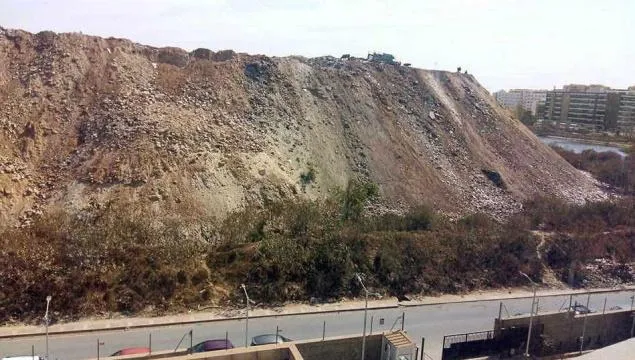
Activists from organisations like Whitefield Rising, FoRCE, and Brookefield have taken it on themselves to rejuvenate the lake. They have collected Rs. 1.2 crore from a private company, which is being used to construct a sewage treatment plant at one of the inlets. Other activities, including cleaning, planting saplings, restoration of bio-diversity, and building community ownership are being planned by the vibrant and active community, who is working hard to rejuvenate the lake.
Horamavu Agara Kere, Horamavu
Horamavu Agara Kere is a 50.34 acre lake in north Bengaluru that is barely hanging on to its existence.
Although the lake has been fenced, it has been breached in many places and the locals have started dumping their garbage here. With untreated sewage, garbage, and construction debris, there is hardly any freshwater left in the lake. The land around the lake is being rapidly encroached upon; and the natural inlet and outlet drains of the lake are blocked.
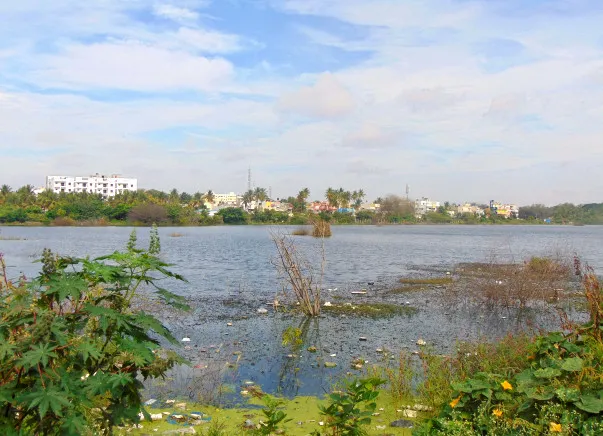
There is an immediate need to raise awareness about the lake among the local community and Bangaloreans at large; and draw the attention of the authorities to Citizens plan to test and monitor the quality of the water of the lake, ensure the sewage water entering the lake is diverted, and organize regular plantation drives in the lake.
Kaikondrahalli Lake, Sarjapura Road
Deemed one of the most beautiful lakes in the city, Kaikondrahalli Lake is a testament to what citizens are capable of when they decide to work together to make a difference. The lake was turned into a marshland due to rapid construction in the area. Finally in 2009, the residents of Sarjapura Road formed an organisation to formally manage the affairs of the lake and approached the BBMP for the lake.
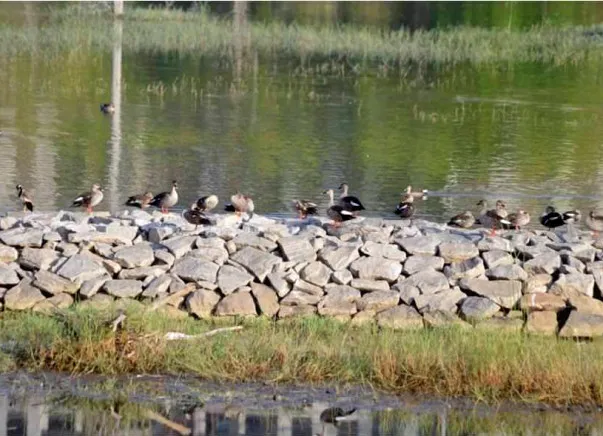
Today, with a thousand trees planted and nearly 37 species of birds supported, Kaikondrahalli Lake has become a popular point of reference for environmentalists and lake restoration activists. Encroachments were removed, sewage water was diverted away from the lake, and walkways were built to bring communities together and ensure that citizens were directly involved with the cleanup, plantation drives, and other activities to help keep the lake alive.
Munnekolala Lake, Marathahalli
Munnekolala lake is situated in AECS Layout, Marathahalli. Once on the brink of extinction, the 16-acre lake is now filled with fresh water. Surrounded by a fence, it has two gazebos, overhead tanks, a kalyani (for idol immersions) and a security room. The lake is today a matter of pride for all Bangaloreans. With sewage diverted away, Munnekolala lake is now a thriving hub of bio-diversity.
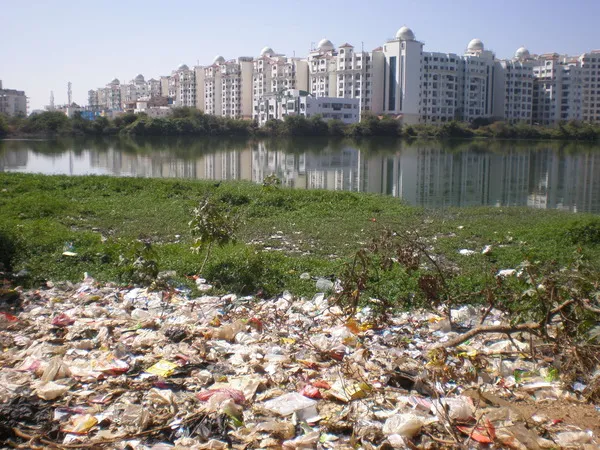
Multiple citizen initiatives are thriving in the area. There are plans to conduct monthly cleaning drives where non-biodegradable waste in the lake area will be picked up and disposed appropriately, thereby ensuring the lake remains clean and plastic free.
Citizens also plan to mulch, manure, and tend the plants, and conduct periodic plantation drives, where vegetation will be planted to enhance and protect the bio-diversity of the lake.
Kowdenahalli Lake, KR Puram
Located at the heart of KR Puram, Kowdenahalli Lake was turned into a dump yard, until restoration started in 2011. The sewage water that flowed directly into the lake was diverted and fences were built.
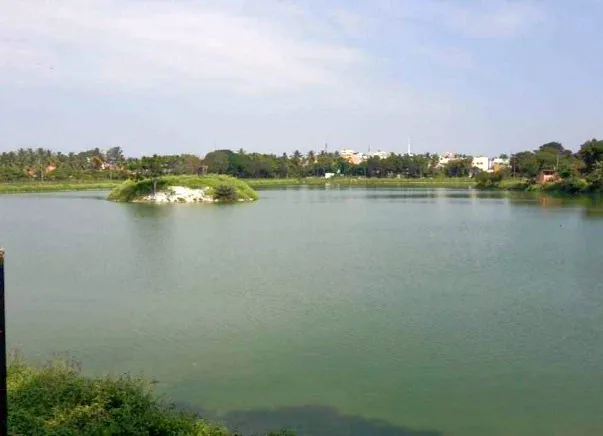
Today, the lake is surrounded with greenery and more than 1,000 plants grow in the area. A sewage treatment plant has been built that ensures only clean water enters the lake. The Citizens’ Association maintains and monitors the lake and conducts regular cleaning activities where everyone can participate.
Uttarahalli Lake, Uttarahalli
Spread across 16 acres, this lake had become a matter of serious concern when in 2011 it faced near annihilation. Five years after a public-private-community initiative was launched to rejuvenate the Uttarahalli lake, the water body has been given a new lease on life.
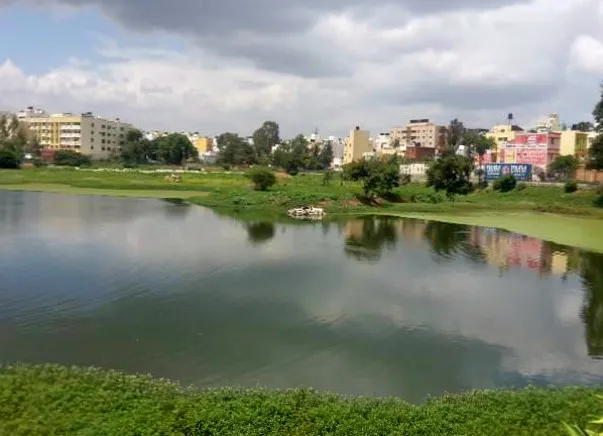
In addition, there have been drives to plant trees in the area in addition to monthly cleaning drives, clubs for children and free health screening support for senior citizens is also being planned. Citizens can support the initiative here.
Puttenahalli Lake, Yelahanka
Spread across 300 acres largely filled with water, Puttenahalli Lake is one of the largest and most beautiful lakes of the city. Declared a Bird Conservation Reserve in 2014, biodiversity experts have discovered 49 species of birds breeding here. With more than 7,000 birds sighted during the breeding season, including some local endangered and migratory species from the Northern Himalayas and Siberia, Puttenahalli Lake is a matter of great pride for all Bangaloreans.
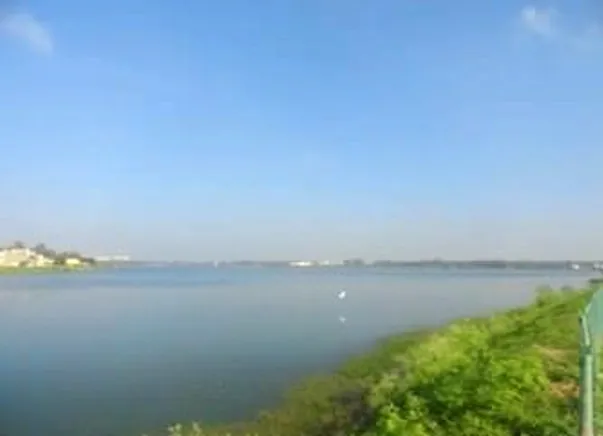
The lake once faced serious threat from sewage directly entering the lake. The sewage pipe was diverted and a sewage treatment plant was built, but due to the heavy inflow, the sewage treatment plant is currently overflowing and around 5-8 million litres of untreated sewage water continues to enter the lake every day. Residents of the area continue their battle, and are planning massive cleanup drives, planting more saplings and hoping to restore the lake to its original glory.
Challakere Lake, HRBR Layout
Despite the lack of encroachments, the 38- acre Challakere Lake is being polluted by the sewage that is flowing into it daily.
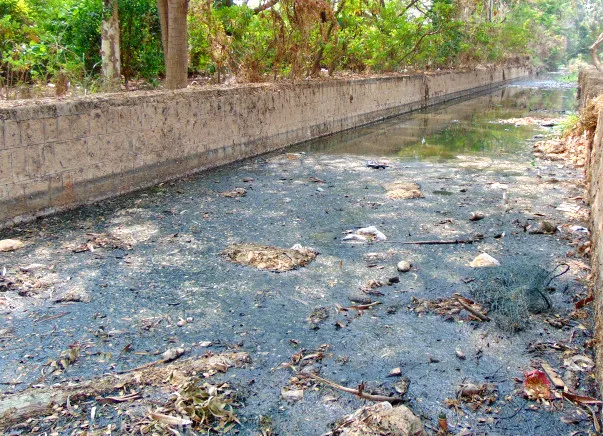
After multiple citizen group protests, the lake is currently being rejuvenated by BBMP. Citizens can participate to help rejuvenate and maintain the lake. The lake needs active community participation and sustained efforts from citizens to ensure regular water quality testing and monitoring, waste management and clearing of non- biodegradable waste, and community participation to help keep the lake alive.
Saul Kere Lake, Sarjapura Road
Saul Kere Lake is situated behind RMZ Ecospace, near Sarjapura Road. Spread across 62 acres, Saul Kere is one of the largest lakes in the area. More than three acres of the lake were encroached upon by illegal occupants, with houses built on the lake bed. In 2013, they were cleared and restoration process of the lake started.
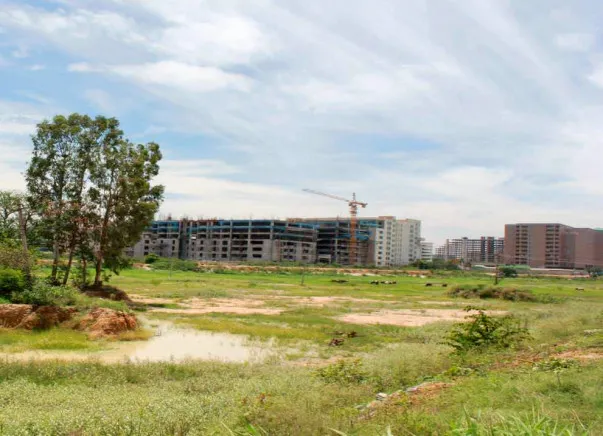
Currently, multiple civic projects are under progress in the Saul Kere Lake, which includes de-silting of the lake and clearing the inlets and outlets that connect the lake. More than 1,500 saplings have been planted including local, herbal and medicinal plants. An active lake association is maintaining and monitoring the lake on a regular basis. Other citizen initiatives include a monthly cleaning drive, plantation drive, creation of a lake lover’s club for children and conducting monthly health screening for senior citizens and children.
Byrasandra Lake, Jayanagar
Byrasandra Lake is a success story of lake restoration efforts in Bengaluru, but it has gone through multiple challenges before reaching where it stands today. In 2005, the lake was wrongly ‘sold’ by a bank for debt recovery. Thanks to the residents who waged a legal battle for 20 years, a lake once encroached on all sides is now undergoing revival with more migratory birds visiting the lake.
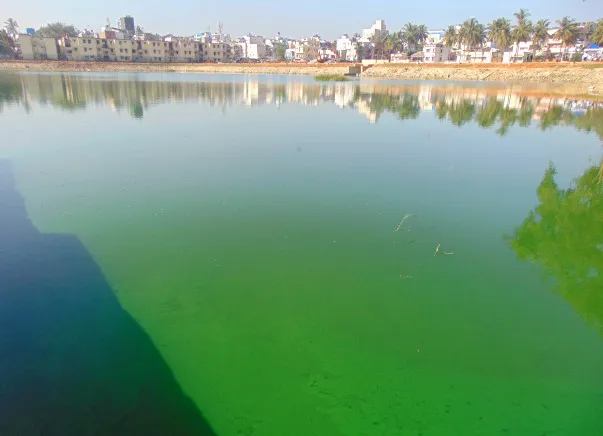
The lake however, still needs great attention. Untreated raw sewage water continues to enter the lake even today. The lake neither has a security guard, nor a clearly defined boundary on the maps of Bengaluru. With greater community participation, there are also plans to constantly monitor the water quality in the lake, clean up the lake on regular intervals, and organise regular plantation drives.
To bring activists, environmentalists and citizens together and help restore lakes, United Way Bengaluru has partnered with Milaap and are organising Nandi Hillathon with the aim of saving the city of Bengaluru on Sunday, 12 June, 2016. Over 1,000 citizens are expected to participate, including 50 transgenders, who aim to sound the bugle to all Bangaloreans to come out in large numbers and save their city. Citizens can either join the Hillathon in person, volunteer in one of the many projects undertaken in your neighbourhood, and/or pledge their financial support.
SocialStory has launched a campaign to help us come together and save the city from dying. Bring out those mobile phones and laptops and share with us the problems you see and start participating with those who are working for change. Write to us at [email protected] with what you think you can do more to save the city, and we will share it with our audience.







